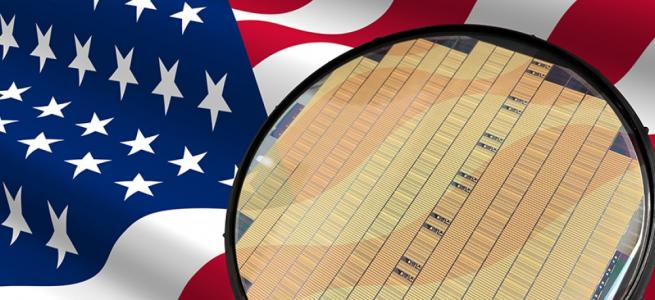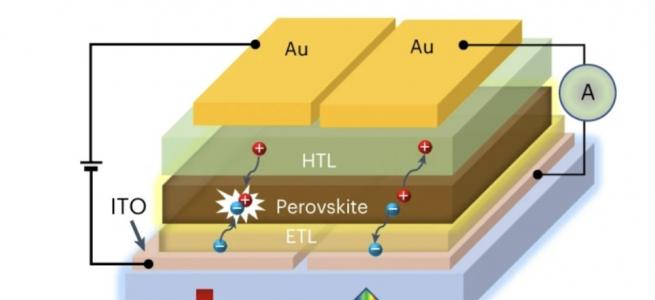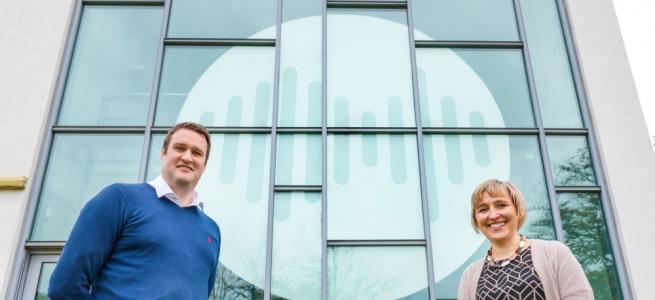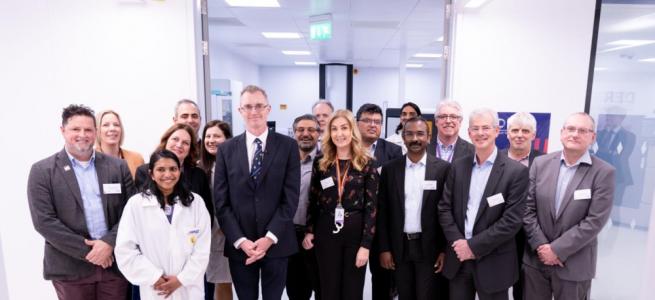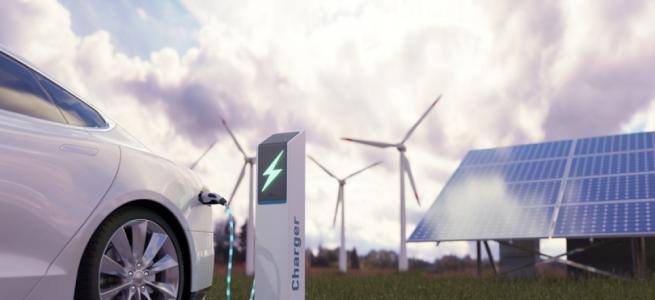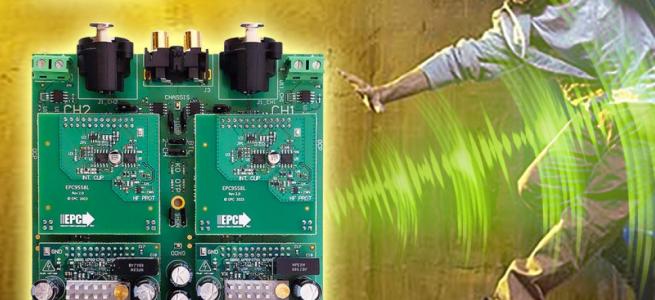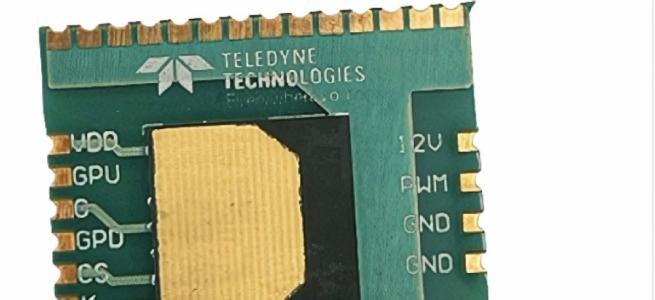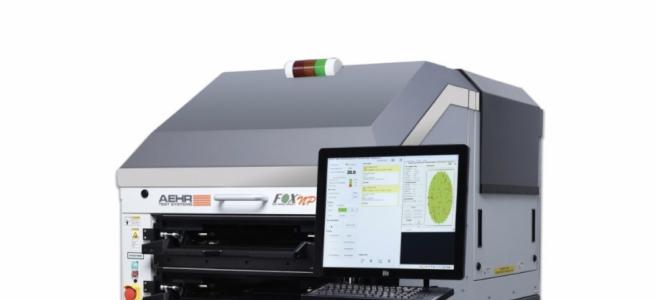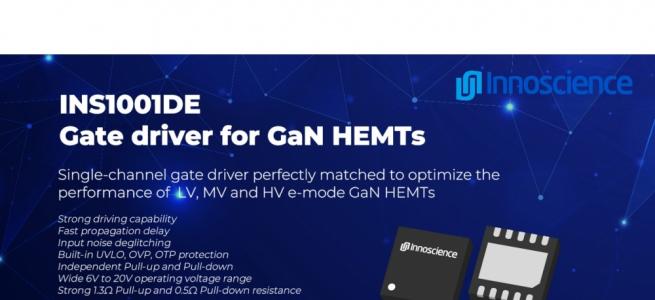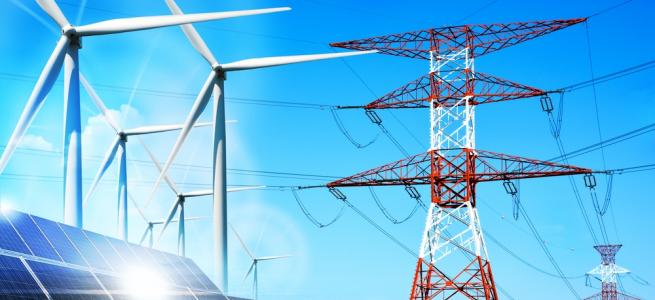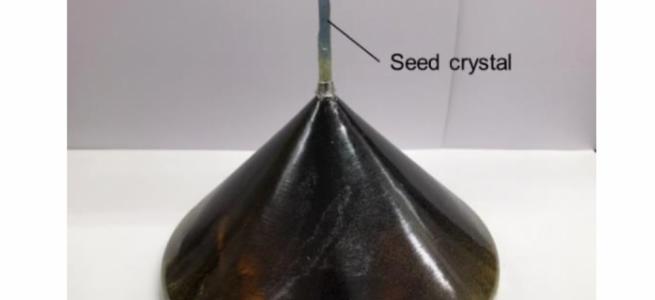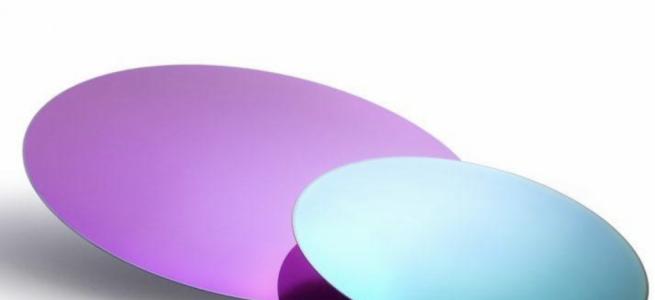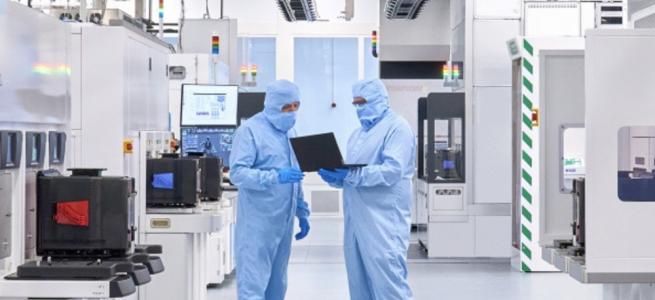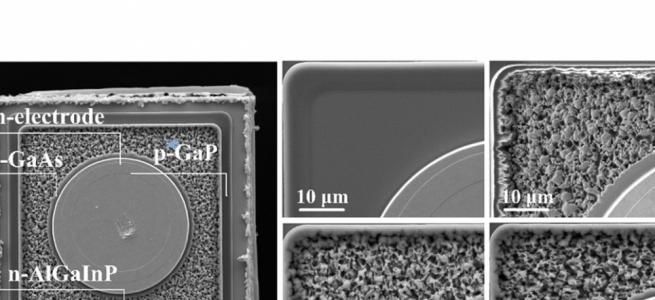Infineon introduces next gen CoolSiC MOSFETs
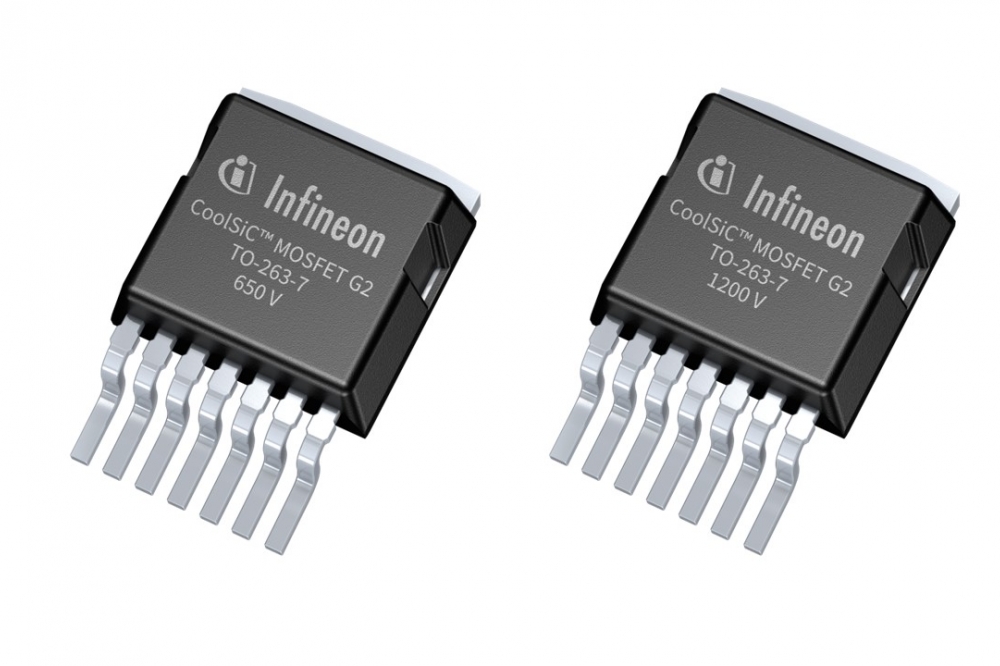
Latest SiC technology improves performance such as stored energies and charges by up to 20 percent
Infineon has introduced the next generation of SiC MOSFET trench technology. The company says that its CoolSiC MOSFET 650 V and 1200 V Generation 2 improve MOSFET performance figures such as stored energies and charges by up to 20 percent compared to the previous generation.
A DC fast charging station for electric vehicles which is equipped with CoolSiC G2 allows for up to 10 percent less power loss compared to previous generations, while enabling higher charging capacity without compromising form factors. Traction inverters based on CoolSiC G2 devices can further increase electric vehicle ranges. In the area of renewable energies, solar inverters designed with CoolSiC G2 make smaller sizes possible while maintaining a high power output, resulting in a lower cost per watt.
“Megatrends call for new and efficient ways to generate, transmit and consume energy. With the CoolSiC MOSFET G2, Infineon brings SiC performance to a new level,” said Peter Wawer, division president Green Industrial Power at Infineon. “This new generation of SiC technology enables the accelerated design of more cost-optimised, compact, reliable, and highly efficient systems harvesting energy-savings and reducing CO2 for every watt installed in the field. It’s a great example of Infineon’s relentless spirit, constantly pushing for innovation to drive decarbonisation and digitalisation in the industrial, consumer and automotive sectors.”
Infineon says its pioneer CoolSiC MOSFET trench technology provides an optimised design trade-off, allowing higher efficiency and reliability compared to SiC MOSFET technology available so far. Combined with the award-winning .XT packaging technology, Infineon is further increasing the potential of designs based on CoolSiC G2 with higher thermal conductivity, better assembly control and improved performance.


